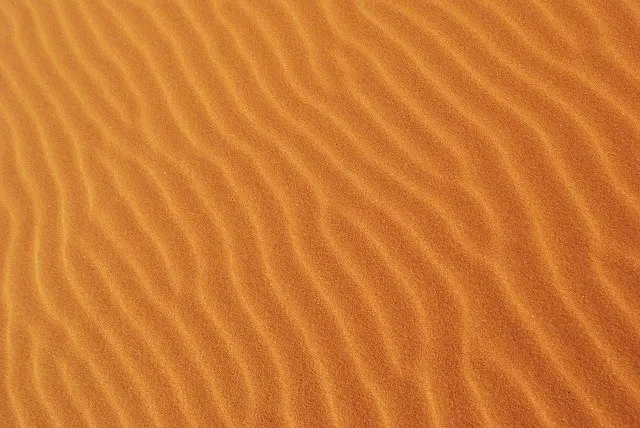If you’re a new frog parent, you might be wondering what the best substrate is for your pet. African dwarf frogs do well in a variety of environments, but there are some substrates that work better than others. In this blog post, we will discuss the benefits of different substrates and help you decide which one is right for your frog.
Introduction
African Dwarf Frogs are a popular choice for many aquarists because of their small size and peaceful nature. However, these frogs are also very sensitive to changes in their environment, so it is important to choose the right substrate for them.
The best substrates for African Dwarf Frogs are those that will keep the water clean and provide a naturalistic setting. gravel, sand, and rocks can all be used as substrates.
Not only do they help to filter the water, but they also provide a place for the frogs to hide and feel secure. In addition, live plants help to create a more natural environment that is closer to the frog’s native habitat. As a result, choosing the right substrate is essential for keeping African Dwarf Frogs healthy and happy.
What is the most common substrate used for African dwarf frogs.
Among African dwarf frog enthusiasts, the most popular substrate is coco coir. Coco coir is a type of coconut fiber that is derived from the husks of coconuts.
It is an attractive substrate choice because it is naturally soft and spongy, making it comfortable for frogs to walk on.
In addition, coco coir helps to regulate moisture levels and prevent the growth of mold and bacteria. As a result, it is an ideal substrate for African dwarf frogs.
While other substrates may be cheaper or easier to find, coco coir is the substrate of choice for many frog enthusiasts because it provides the perfect balance of comfort and safety for these delicate creatures.
Are there any other substrates that can be used to house African dwarf frogs successfully?
African dwarf frogs can be successfully kept in a variety of different substrates, including gravel, sand, and even bare-bottomed tanks.
However, there are a few things to keep in mind when choosing a substrate for these frogs.
- First, African dwarf frogs are proficient swimmers and can easily become trapped in small grains of gravel or sand.
- Second, these frogs are highly sensitive to ammonia and nitrites, so it is important to choose a substrate that will not release these toxins into the water.
- Finally, African dwarf frogs are avid excavators and will often uproot live plants in their quest for food.
For this reason, it is best to avoid using live plants as substrate in their enclosure. Overall, African dwarf frogs are relatively adaptable creatures that can be successfully kept in a variety of substrates. As long as their needs are taken into consideration, they will thrive in most environments.
What are the benefits of using a particular substrate?
One of the most important factors to consider when setting up an African dwarf frog habitat is the substrate.
This is the material that will line the bottom of the tank, and it plays a crucial role in the frog’s health and well-being.
There are several different types of substrates available, but one of the best options is Akadama clay. This clay is a type of red clay that is found in Japan. It is perfect for African dwarf frogs because it is gentle on their skin and helps to keep their tanks clean.
Akadama clay also provides essential nutrients that help keep these frogs healthy and thriving. As a result, it is an ideal substrate for anyone who is looking to create a happy and healthy home for their African dwarf frog.
How do you go about choosing the right substrate for your pet frogs?
When choosing a substrate for your pet frog, there are several factors to take into consideration.
First, you’ll need to decide what type of frog you have. Different species of frogs have different substrate preferences. For example, some frogs prefer a moist environment, while others do better in a drier habitat.
Additionally, you’ll need to consider the size of your frog. Smaller frogs may be able to escape from a loose substrate, so it’s important to choose one that is the right size for your pet.
Once you’ve taken these factors into account, you can begin to narrow down your choices.
There are many different types of substrates available on the market, so it’s important to do your research before making a purchase. With a little bit of planning, you can find the perfect substrate for your pet frog.
What are some of the potential problems that can occur if the wrong substrate is used?
African dwarf frogs are susceptible to a number of health problems if the wrong material is used. For example, if the substrate is too rough, it can damage the frog’s skin, leading to infection.
If the substrate is too soft, it can cause digestive problems. In addition, African dwarf frogs are known to ingest substrate, so it is important to choose a material that is non-toxic and unlikely to cause blockages.
Final Thoughts
In conclusion, the best substrate to use with African dwarf frogs is one that is soft and able to hold moisture. Certain types of clay or sand can provide these conditions, but it is important to avoid substrates that contain chemicals or other particles that could be harmful to the frogs. Additionally, the substrate should be deep enough to allow the frogs to burrow, but not so deep that they have difficulty getting out. With these considerations in mind, it is possible to find a substrate that will provide a comfortable and safe environment for African dwarf frogs.





